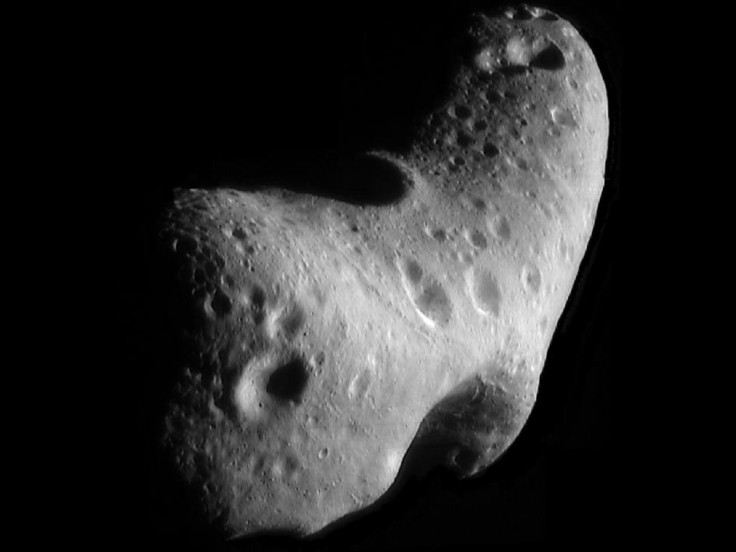NASA Issues Challenge To Discover All Asteroid Threats To Earth And Humanity’s Survival
NASA has issued a challenge to discover all potential asteroid threats to Earth and humanity. The Grand Challenge will try to not only identify potential threats but figure out ways to handle these asteroids.
In a plot worthy of a Hollywood sci-fi blockbuster, NASA’s proposal aims to tackle a galactic foe head on. NASA will partner with different government agencies, explore avenues of research from different scientific fields and also ask the help of amateur scientists and astronomers, according to the space agency’s news release.

“NASA already is working to find asteroids that might be a threat to our planet, and, while we have found 95 percent of the large asteroids near the Earth’s orbit, we need to find all those that might be a threat to Earth,” NASA Deputy Administrator Lori Garver said of the Grand Challenge. Finding potential asteroid threats will allow for better tracking as well as discovering potential solutions.
NASA has already announced plans to capture an asteroid and send it to the Moon’s orbit, later studying it by sending astronauts to the asteroid’s surface. Each of these plans are part of the agency's larger Asteroid Initiative. In NASA’s 2014 budget proposal, NASA administrator Charles F. Bolden Jr. stated, “This mission to identify, capture, redirect and sample a small asteroid would mark an unprecedented technological feat that will raise the bar of what humans can do in space. And it would provide invaluable new data on the threats asteroids pose to our home planet and how they could be mitigated. Capturing and moving an asteroid integrates the best of our science, technology and human exploration operations and draws on the innovation of America's brightest scientists and engineers.”
The Grand Challenge will not only lead to the potential discovery of new threats to Earth but could lead to the development of new tools and technology that could be later applied to research or even toward sending astronauts to Mars. Tom Kalil, deputy director for technology and innovation at the White House Office of Science and Technology Policy, praised the efforts of NASA, saying, “I applaud NASA for issuing this Grand Challenge, because finding asteroid threats, and having a plan for dealing with them, needs to be an all-hands-on-deck effort.”
The beginning stages of NASA’s Grand Challenge have already begun as the agency released a request for information for those interested in the project to divert a small asteroid or to track potential threats. Ideas can be pitched discussing potential partnerships, ways to capture an asteroid or volunteering to track near-Earth asteroids. The RFI will lead to workshops and events in which the public can get involved. As part of NASA’s 2014 budget proposal, the agency noted the plan to land on asteroid by 2025, as stated by President Barack Obama in 2010, and potentially land on Mars by 2030.
© Copyright IBTimes 2025. All rights reserved.






















